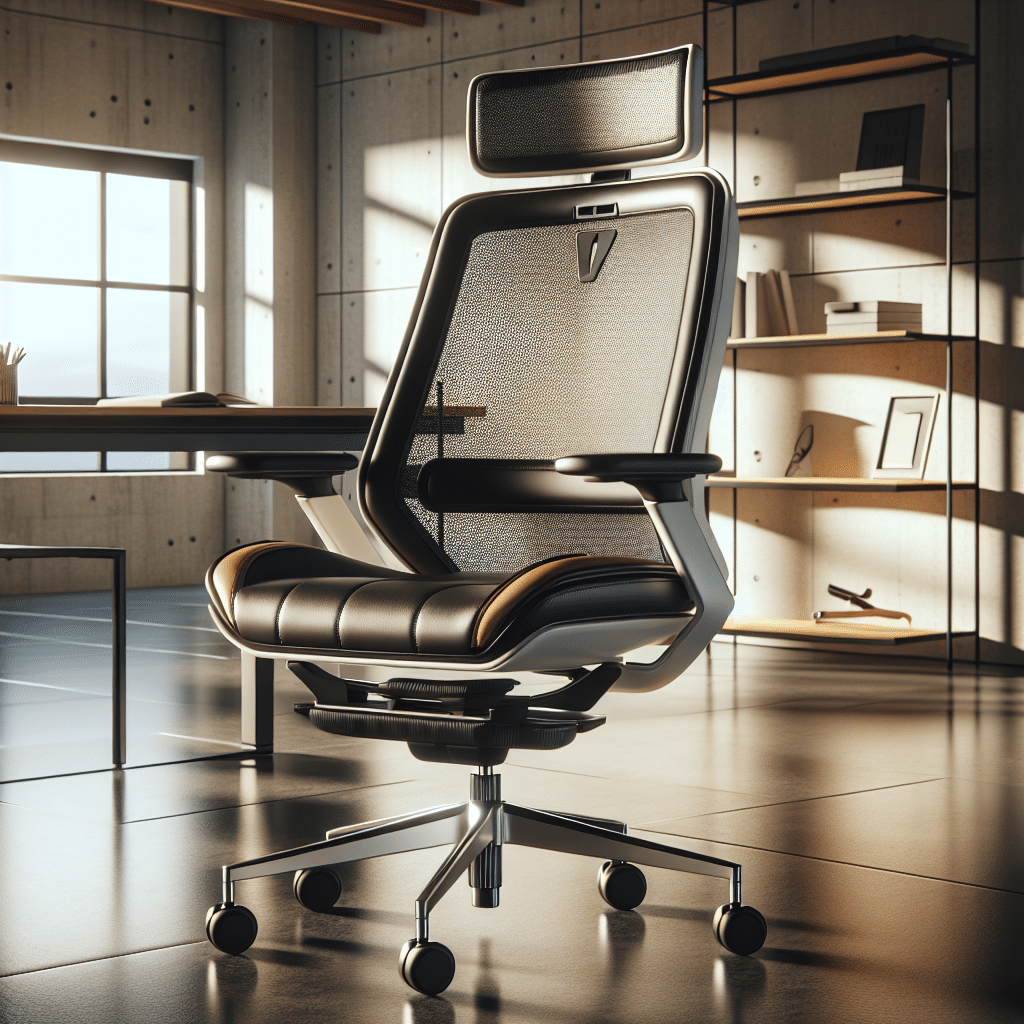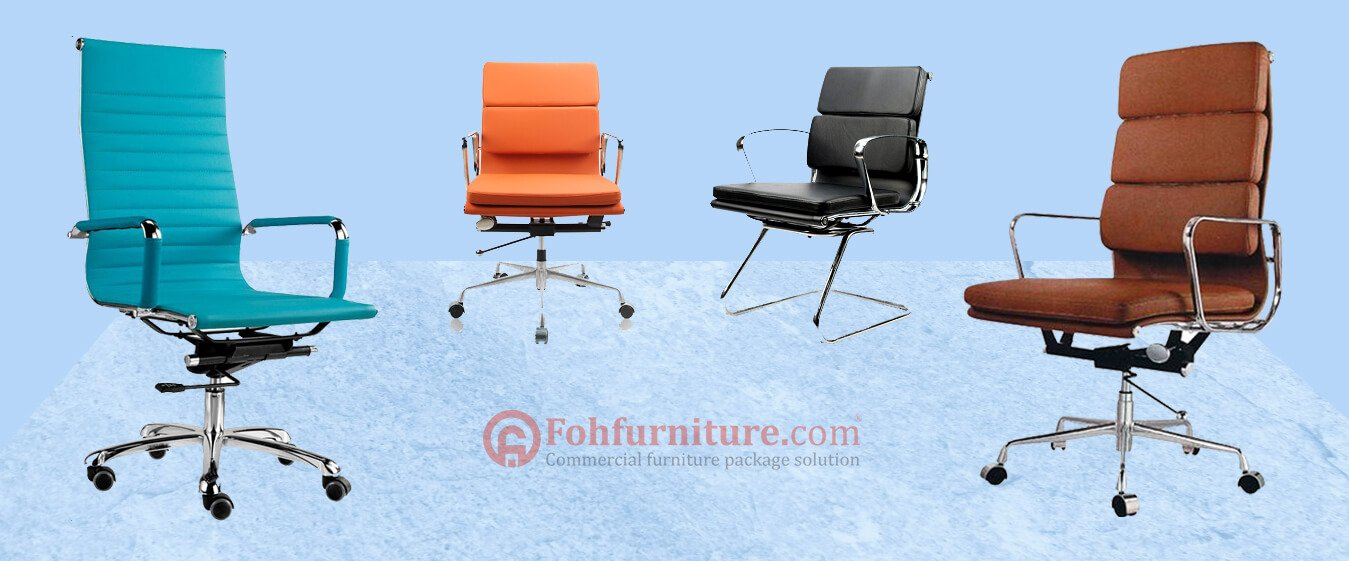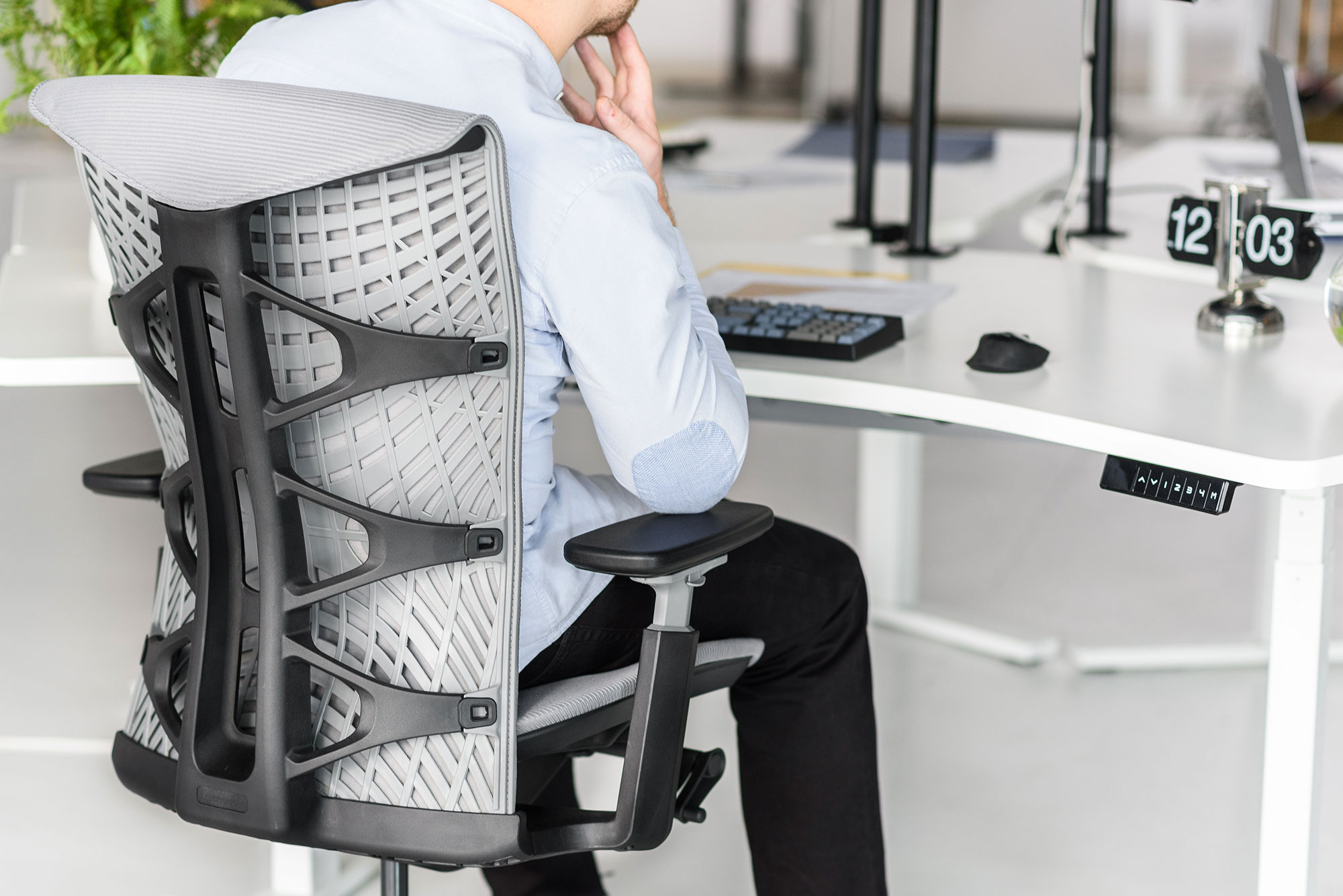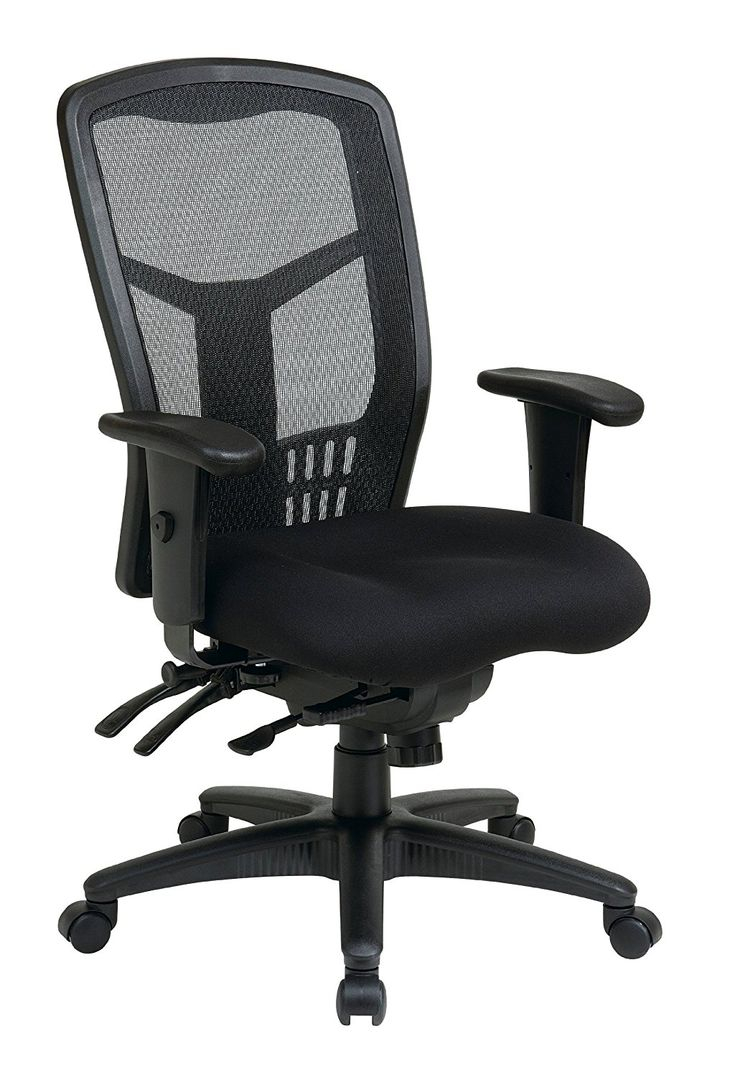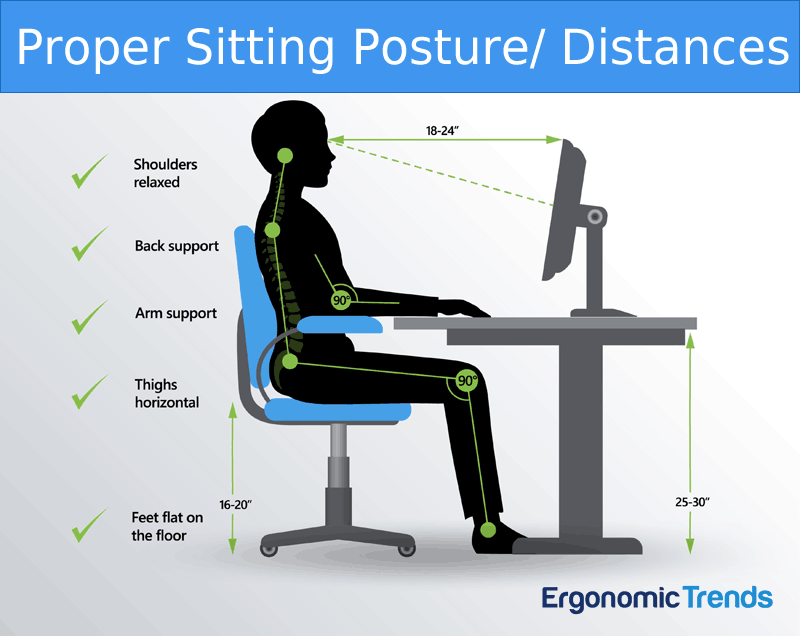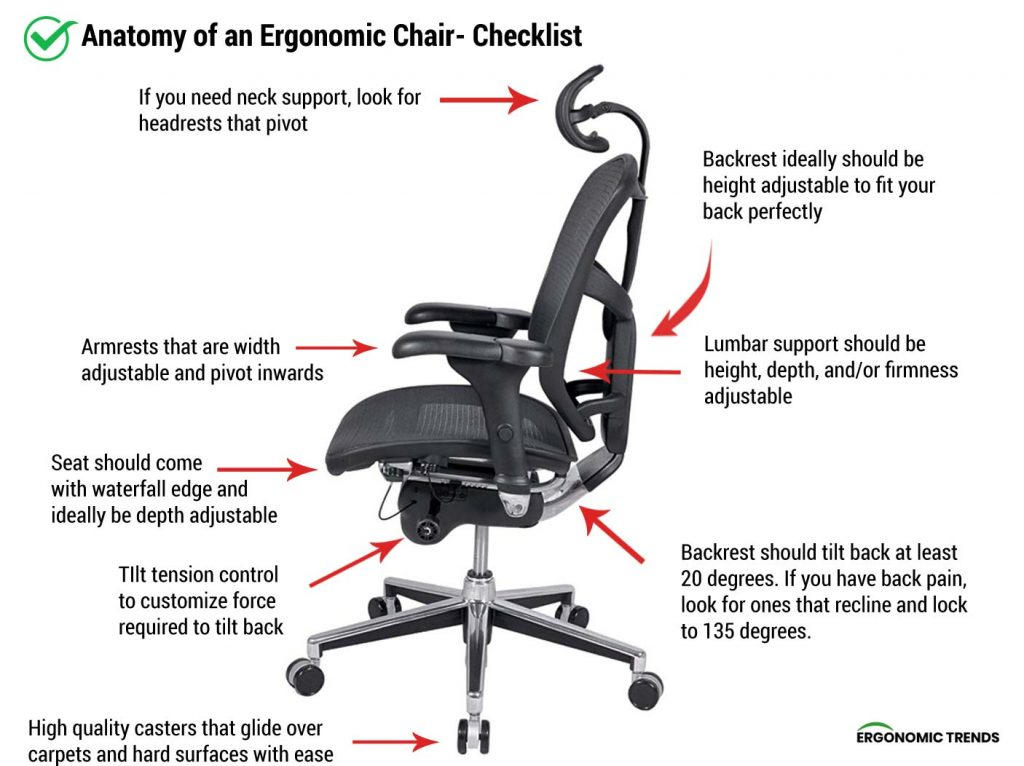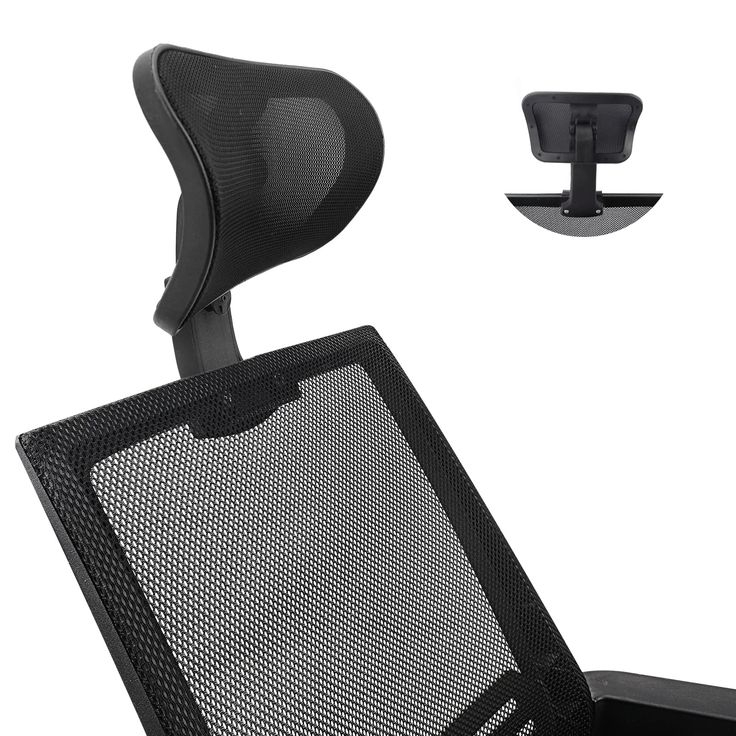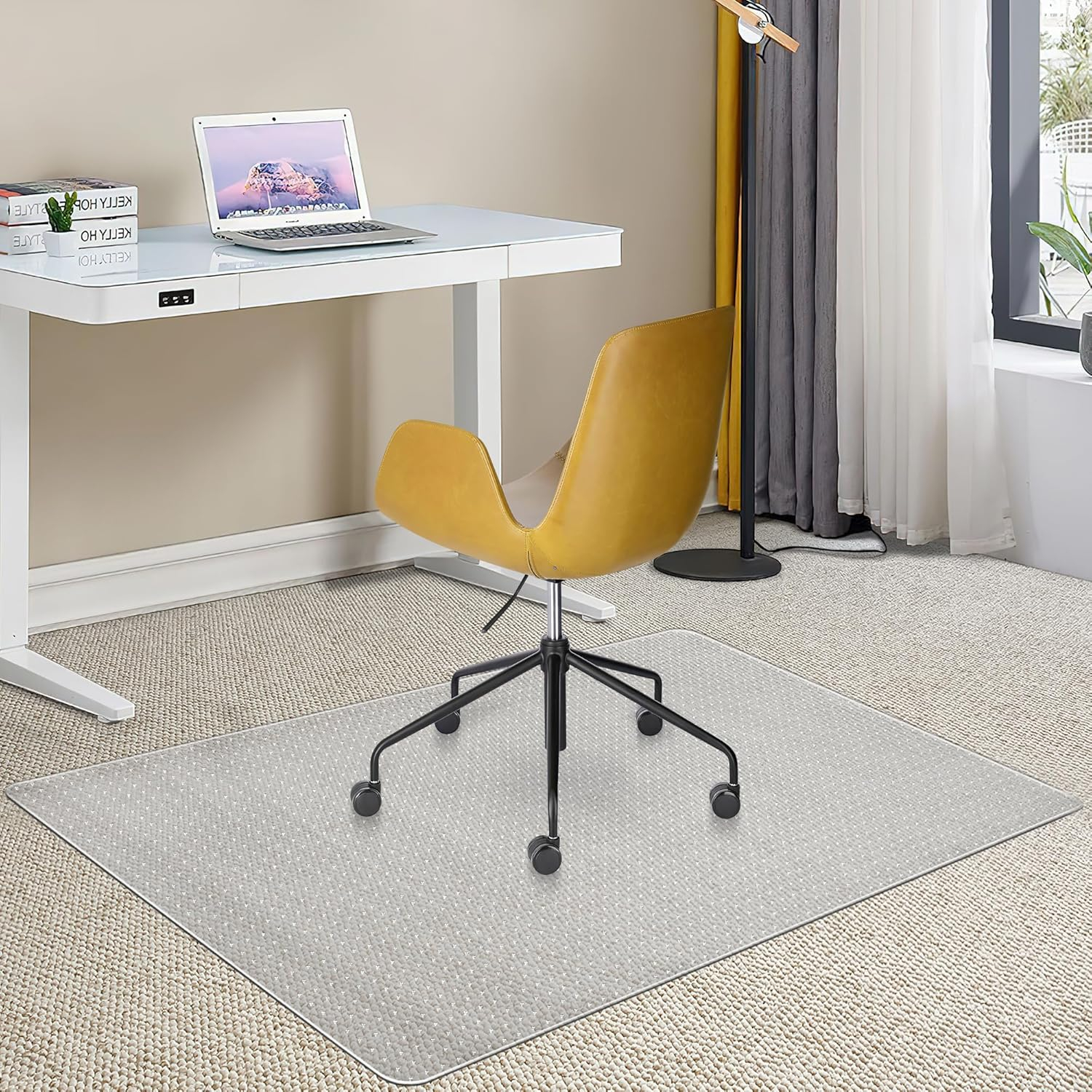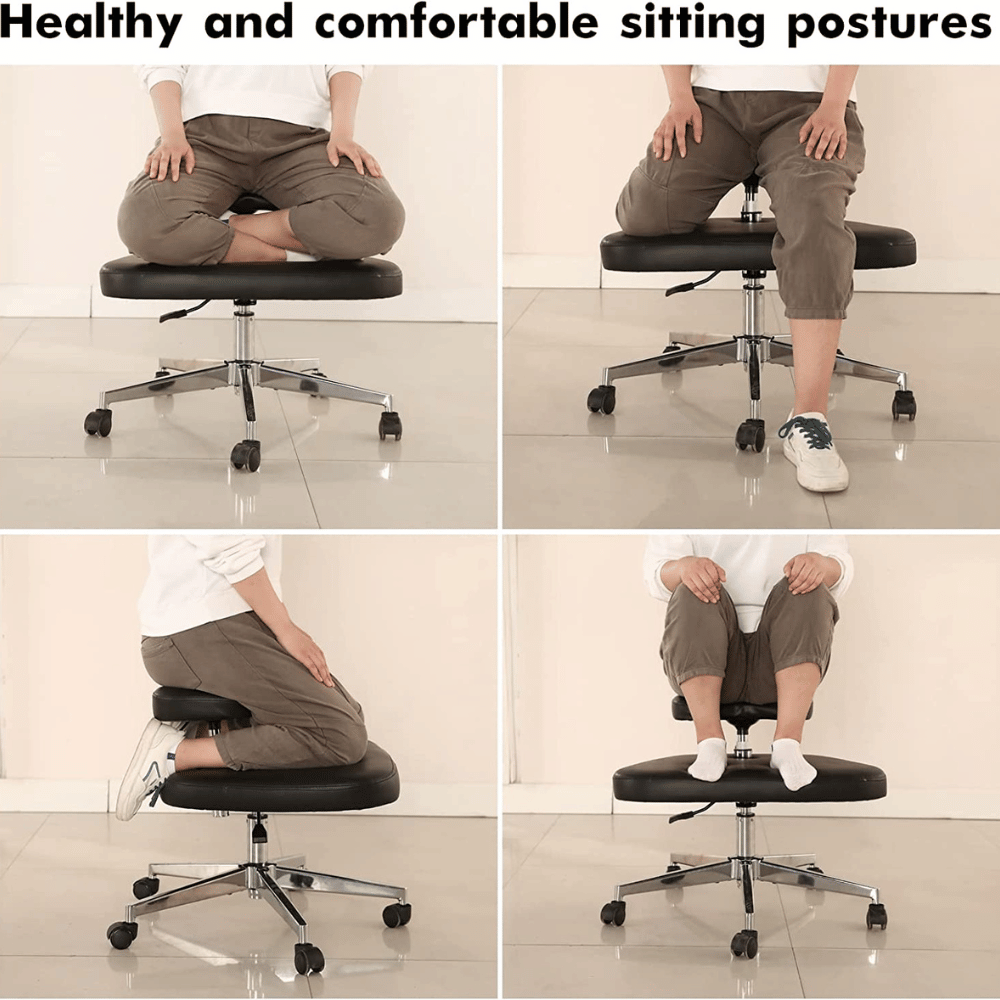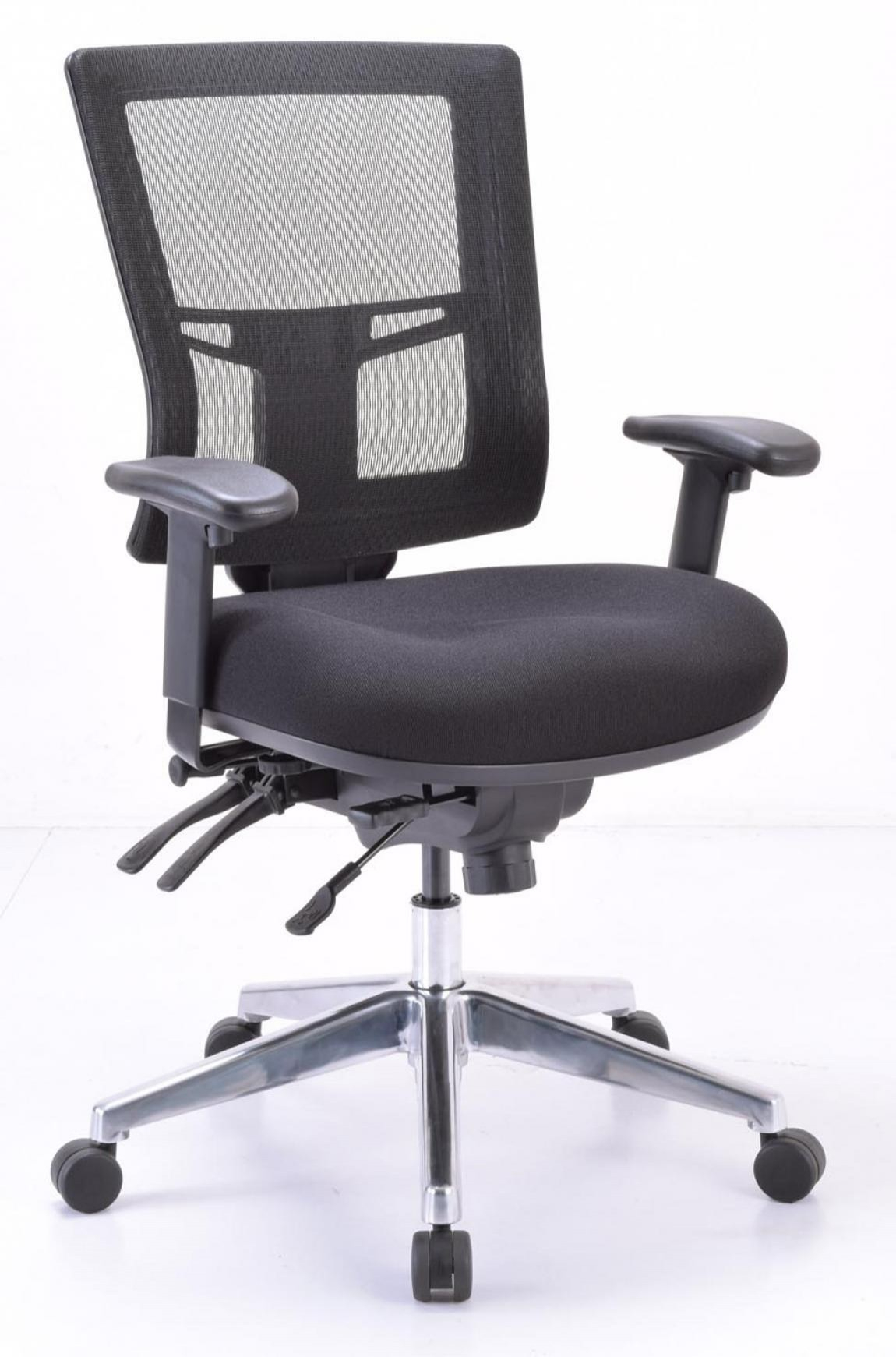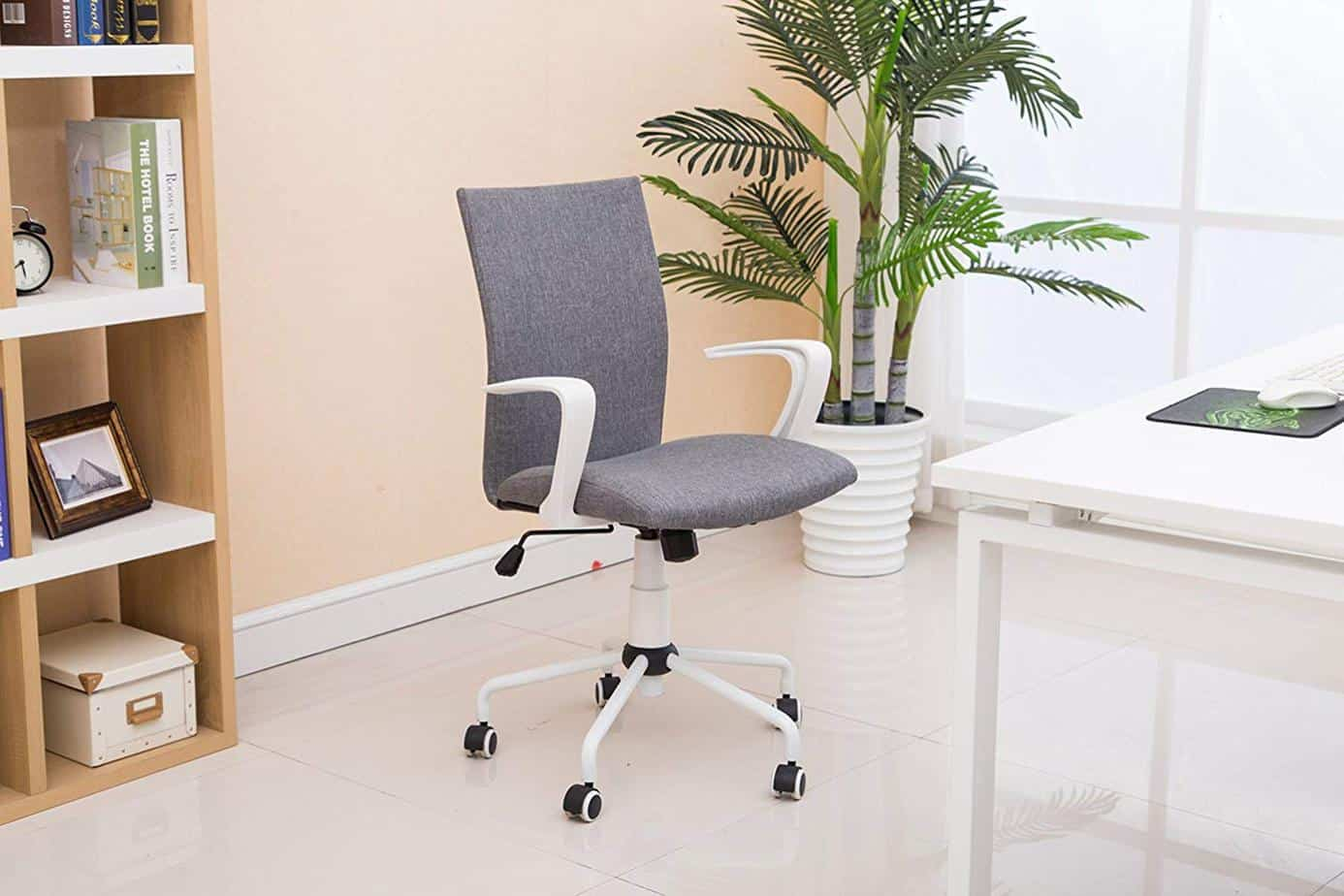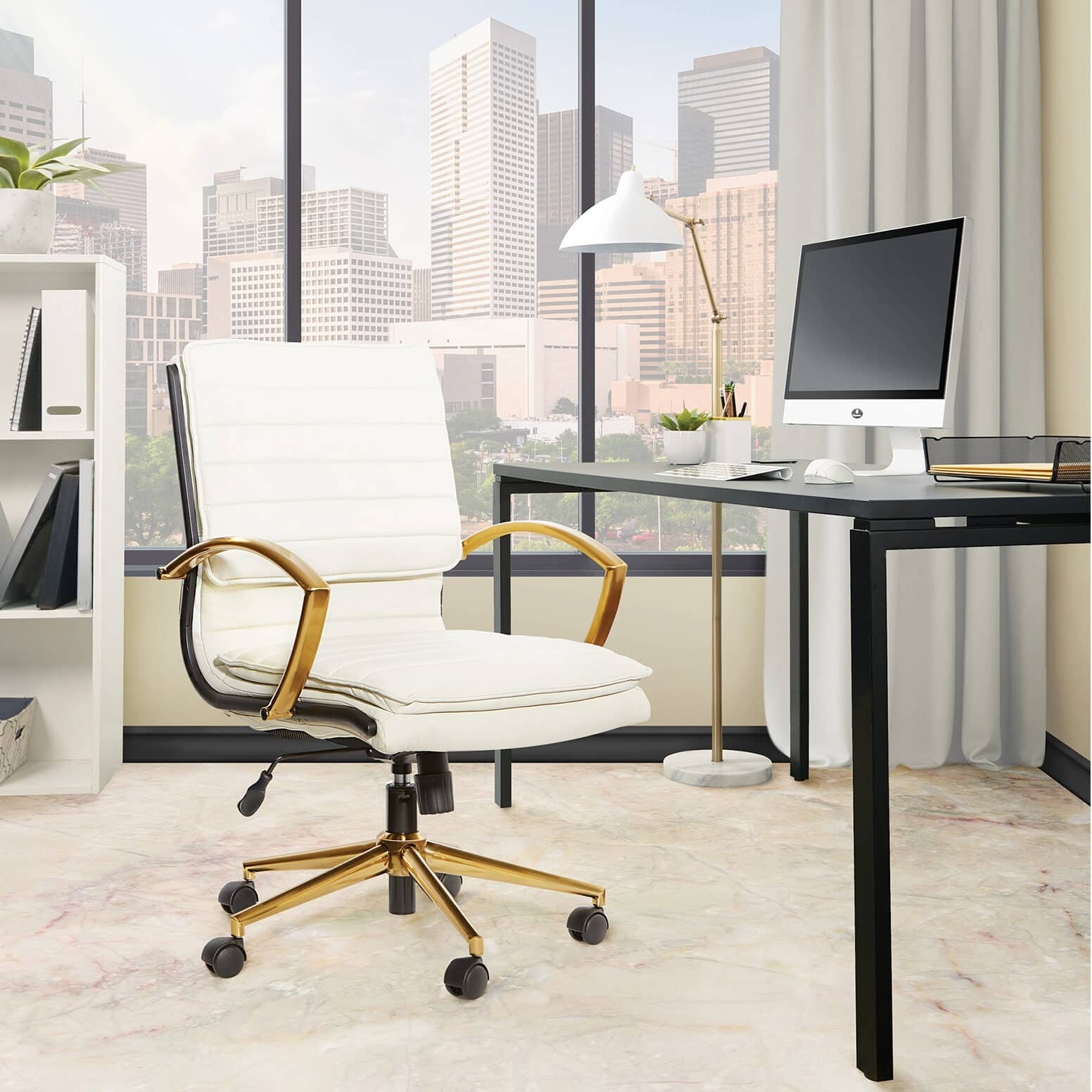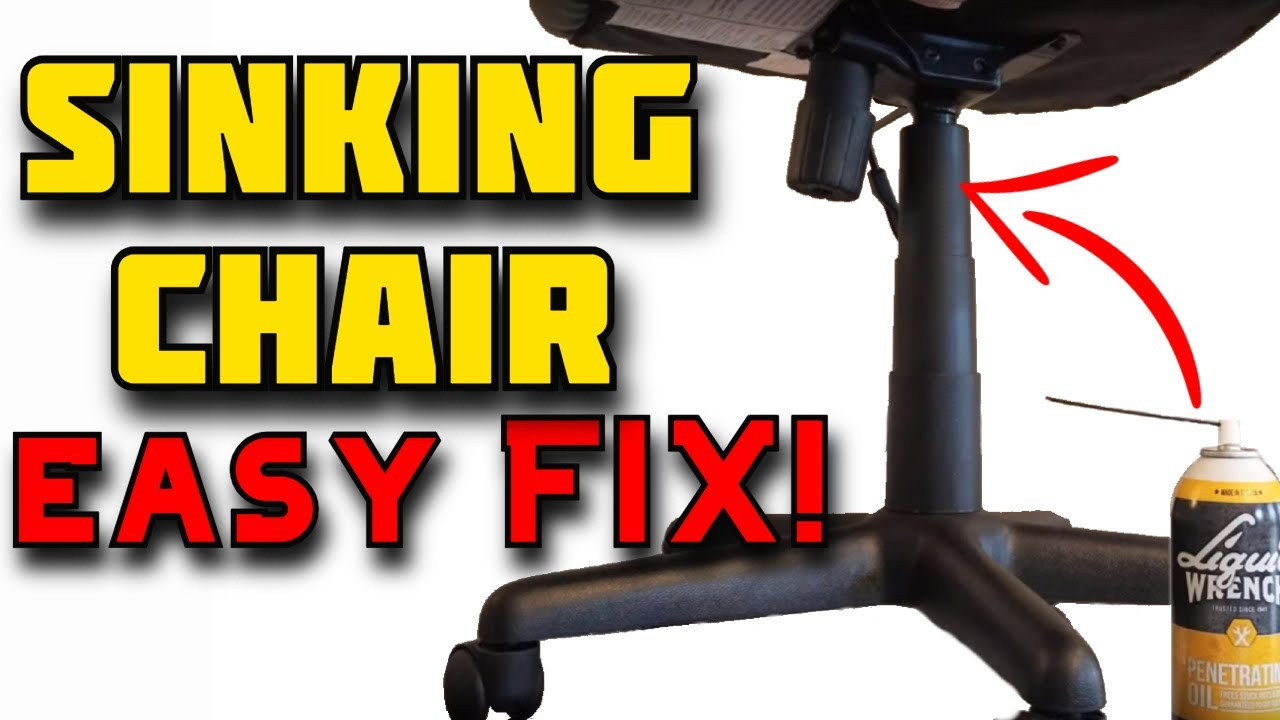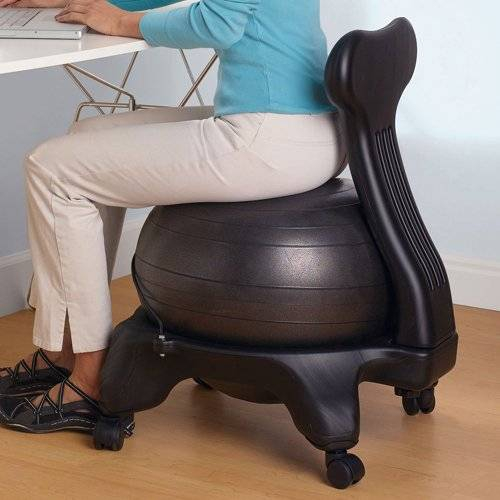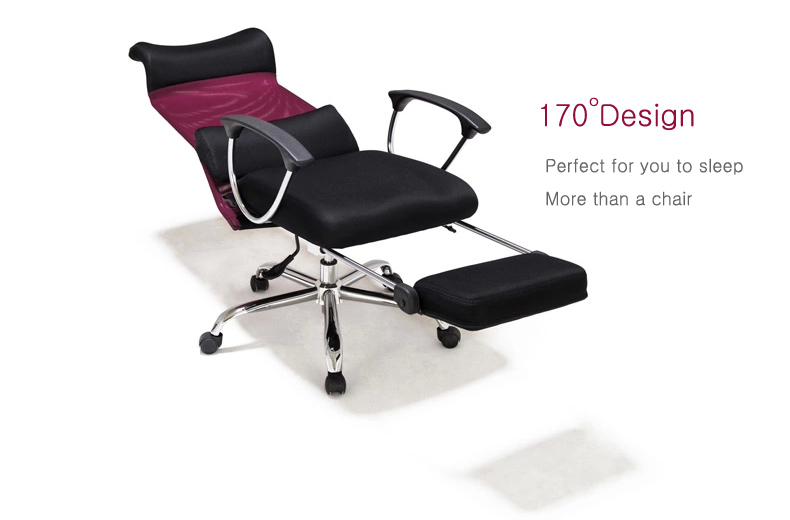We spend a significant chunk of our lives in office chairs, often hunched over desks. It’s easy to overlook the humble chair, but the reality is, it plays a colossal role in our daily comfort and, perhaps more importantly, our health. Ever felt that familiar ache in your lower back after a long day? Or maybe a stiff neck that just won’t quit? These aren’t just minor annoyances; they’re often signals that your seating isn’t quite up to par. This is where the world of high-end ergonomic office seating steps in, promising a revolution in how we experience our work environments. It’s about moving beyond basic comfort to a level of support that actively contributes to your physical well-being and boosts your overall efficiency. Let’s dive into why this investment is so crucial.
Think about it: hours upon hours spent sitting. If your chair isn’t designed to support your body’s natural posture, it’s essentially setting you up for discomfort and potential long-term issues. We’re talking about back pain, neck strain, poor circulation, and even headaches. Pretty grim, right? But here’s the good news: there’s a solution. High-end ergonomic office chairs are meticulously engineered to address these very problems. They aren’t just about plush cushioning; they’re about intelligent design that adapts to you. From adjustable lumbar support that cradles your spine to customizable armrests that align your shoulders, these chairs are built to promote healthy sitting habits. This guide will walk you through the essentials, helping you understand what makes a truly great ergonomic chair and why making the switch is an investment that pays dividends in both comfort and productivity.
What Exactly is Ergonomics and Why Does it Matter?
Ergonomics, at its core, is the science of designing and arranging things so that people can use them easily and safely. When we talk about ergonomic office seating, we’re talking about chairs designed with your body in mind. The goal is to minimize strain and maximize comfort, allowing you to work for longer periods without experiencing aches and pains. Think of it as creating a workspace that’s perfectly tailored to your physical needs. This means features like adjustable height, seat depth, backrest angle, and lumbar support are paramount. Without these, a chair might look nice, but it’s unlikely to provide the kind of support your body craves. A well-designed ergonomic chair helps maintain the natural ‘S’ curve of your spine, preventing slouching and reducing pressure on your discs. It’s about working smarter, not harder, by letting your chair do some of the heavy lifting for your posture.
The Pillars of High-End Ergonomic Design
So, what sets a premium ergonomic chair apart from the rest? It’s a combination of sophisticated features and superior materials. Let’s break down the key elements you should be looking for:
- Adjustable Lumbar Support: This is non-negotiable. It should be adjustable in both height and depth to perfectly match the curve of your lower back. Some chairs even offer dynamic lumbar support that moves with you.
- Seat Depth Adjustment: A properly adjusted seat pan means your thighs are supported, and there are a few fingers’ width of space between the back of your knees and the edge of the seat. This prevents pressure on the back of your legs and improves circulation.
- Adjustable Armrests: Look for armrests that move up and down, forward and back, and even pivot inwards and outwards. This allows you to rest your arms comfortably, taking the strain off your shoulders and neck.
- Backrest Tilt and Lock: The ability to recline and lock the backrest at various angles is crucial for changing your posture throughout the day. A good chair offers smooth, controlled movement.
- High-Quality Materials: Premium chairs often utilize breathable mesh for the backrest and high-density foam for the seat, ensuring both comfort and durability. The frame and mechanisms are also built to last, using robust materials like reinforced plastics and polished aluminum.
- Headrest (Optional but Beneficial): For those who spend a lot of time reclining or need extra neck support, an adjustable headrest can be a game-changer.
Beyond Comfort: The Productivity Payoff
It might seem counterintuitive, but investing in a comfortable, supportive chair can actually make you more productive. When you’re not constantly shifting to find a comfortable position or dealing with nagging back pain, your focus naturally sharpens. Think about the last time you were truly distracted by physical discomfort. It’s hard to concentrate on complex tasks when your body is sending pain signals. An ergonomic chair minimizes these distractions. By promoting better posture and reducing fatigue, it allows your brain to concentrate on the work at hand. Studies have shown that comfortable employees are often more engaged and efficient. Plus, reducing the physical toll of sitting can lead to fewer sick days and a more positive overall work experience. It’s a win-win situation for both you and your employer, if applicable.
Choosing the Right Chair for Your Needs
The ‘best’ ergonomic chair is ultimately the one that fits you best. While brands like Herman Miller, Steelcase, and Humanscale are renowned for their quality and innovation, personal preference plays a huge role. Here’s how to approach your selection:
- Try Before You Buy (if possible): If you can visit a showroom, spend at least 10-15 minutes sitting in a chair. Adjust everything you can and see how it feels.
- Consider Your Body Type: Some chairs are better suited for taller or shorter individuals, or those with different weight distributions. Look for specifications that match your build.
- Assess Your Work Habits: Do you tend to recline often? Do you need excellent lumbar support? Tailor your choice to how you actually work.
- Read Reviews and Research: Look for in-depth reviews that discuss the adjustability, comfort, and durability of different models. Pay attention to user feedback regarding long-term use.
- Don’t Be Afraid of Simpler Designs: Sometimes, a chair with fewer, well-executed adjustments is better than one with a plethora of complex, poorly implemented features. Simplicity can be elegance.
Long-Term Health Benefits: An Investment in You
The benefits of ergonomic seating extend far beyond immediate comfort. Investing in a high-quality ergonomic chair is an investment in your long-term health. Chronic back pain is a widespread issue, and poor sitting posture is a major contributor. By supporting your spine correctly and encouraging movement, ergonomic chairs can help prevent the development or worsening of conditions like:
- Herniated Discs: Proper spinal alignment reduces stress on your intervertebral discs.
- Sciatica: By alleviating pressure on the sciatic nerve, good posture can prevent or reduce pain.
- Carpal Tunnel Syndrome: While not directly related to the chair’s seat, the adjustability of armrests and overall posture support can indirectly help by promoting healthier arm and wrist positioning.
- Poor Circulation: Features like waterfall seat edges and adjustable seat depth prevent restricting blood flow to your legs.
Think of it this way: the cost of a good chair is often far less than the cumulative cost of doctor visits, physical therapy, and lost productivity due to pain and discomfort over the years. It’s proactive self-care.
Making the Switch: Practical Tips
Ready to upgrade? Here are a few practical pointers:
- Set a Budget: High-end ergonomic chairs can be a significant investment, ranging from several hundred to over a thousand dollars. Knowing your budget beforehand helps narrow down options.
- Look for Warranties: Premium chairs typically come with long warranties (often 5-12 years), reflecting their durability and the manufacturer’s confidence in their product.
- Consider Refurbished Options: Many reputable dealers offer certified refurbished high-end chairs at a lower price point. These are often chairs that have been professionally cleaned, inspected, and repaired, and they usually come with a warranty.
- Educate Yourself: Understand the terminology and features. Knowing what terms like ‘synchro-tilt’ or ‘4D armrests’ mean will help you make informed decisions.
- Don’t Underestimate the Power of Adjustability: Even the most expensive chair won’t be comfortable if it’s not adjusted correctly for your body. Take the time to learn how to use all the features.
Choosing the right office seating is more than just a matter of aesthetics or basic comfort; it’s a fundamental decision that impacts your physical health, mental focus, and overall productivity. High-end ergonomic chairs represent a significant step forward in workplace design, offering a level of support and adaptability that can genuinely transform your daily experience. By understanding the core principles of ergonomics and knowing what features to prioritize, you can make an informed choice that benefits you for years to come. So, take a moment to assess your current seating situation. Is it serving you well, or is it time for an upgrade? Your back, your body, and your work will undoubtedly thank you for making the smart investment in quality ergonomic seating.

